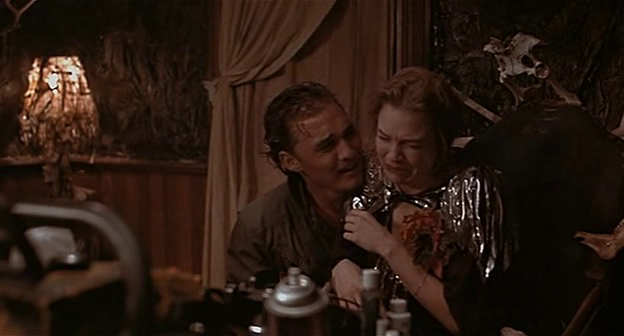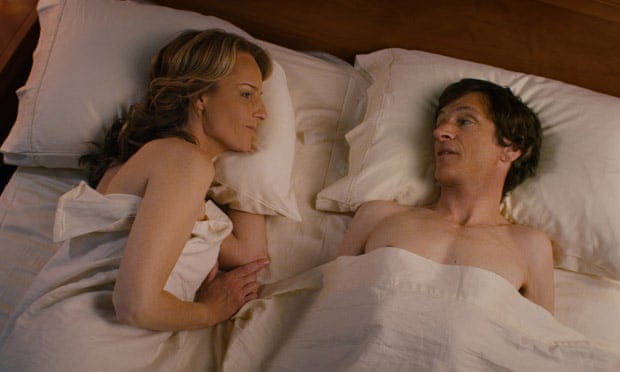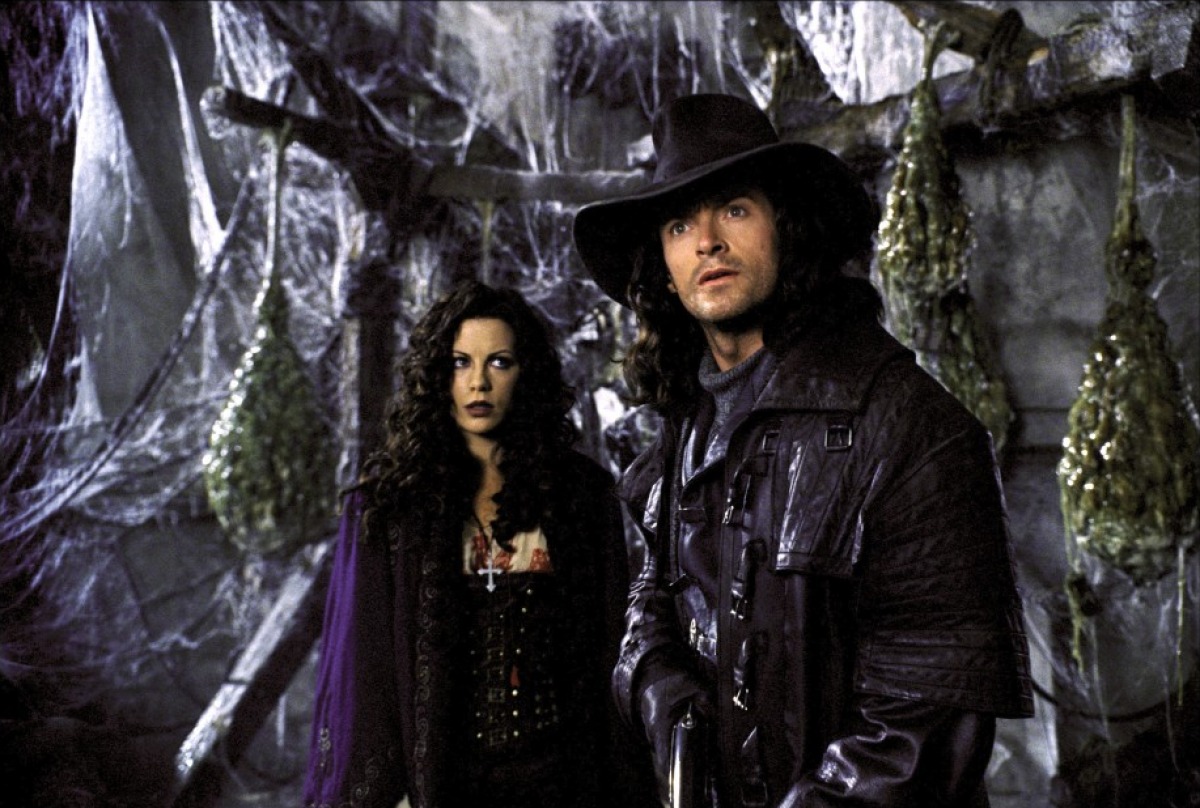The human condition has been a topic of study for ages.
Nobody truly understands what goes on upstairs in the cavities of our mind and
how it works. There have been professionals that say they understand the process
of which all come to one intersection point, but the whole entire truth to how
the human brain works is so vastly unique from anything in the world, that we
still have not entirely figured it out. This is why mankind has not been able
to completely make artificial intelligence REAL intelligence. We are getting closer
that's for sure, but this fulfillment still has not been achieved yet. Once
that day is realized, the world will have a very controversial topic to talk
about it. Until then, let's imagine if this was already integrated into our lives
and we had no issues with it. What would happen if that newly created
intelligence became something more, an entity larger than anyone could think of
and how would it affect us personally? This is one of the many questions
director Spike Jonze hopes to show us.
 |
| Joaquin Phoenix |
Also taking on the role as writer, Jonze’s screenplay
focuses on the relationship of a divorced man Theodore (Joaquin Phoenix) and
his newly acquired operating system (OS for short) named Samantha (Scarlett
Johansson). Being that Jonze only has two other theatrical director credits
(Being John Malkovich (1999) & Adaptation. (2002)), it's great to see after
such a long time he can produce strongly admired work. This trend is parallel
to that of director Ben Lewin of The Sessions (2012). There is almost nothing
that can be said that doesn't work in this production. The script to this film
is beyond great. The themes that it covers dives deep into the psyche that is
the human condition and what we must endure as a species with this complex processor
in our head called a brain. It also demonstrates life lessons that occasionally
(or frequently) we forget about as we live our lives on a consistently
scheduled basis. One of the biggest examples is just the joy of living, no
matter what that consists of.
In life, everyone experiences emotion. Negative and positive
emotions. Whether this is love, jealousy, confusion, frustration, euphoria,
etc...these are all moments in time in which we as an individual are given a
chance to grow and learn. These kinds of events are what Theodore and Samantha
go through together. Jonze's script also covers what happens when one gets too
attached and how that affects one's judgement in a specific moment in time.
This kind of development is also given to the supporting characters played by
Amy Adams and Chris Pratt. All characters end up giving each other some kind of
advice that is much deeper after living through some kind of struggle. These
are all very important scenes because they help not only the characters understand
each other better, but it also indirectly teaches and motivates the viewers of
this phenomenal movie. Rarely do viewers come across a film that looks to
assist them in life.
Of this, it is important to just move with life. Jonze's
script has a moral and that is time and life is forever changing. Nobody can
stop change and if it's refused, the change will be harder to handle. Things
may seem weird at times and almost like they shouldn't be happening, but as
humans, we must figure out what we want. Once we know what we want, we must
believe that we will get what we want and then feel as though what we want is
already there. This is practically the same lesson that author Rhonda Byrne of
The Secret is trying get across. Live life to the fullest and do not measure
yourself based on your past. Learn from it and move on, this is all that can be
done. Joaquin Phoenix and Scarlett Johansson have amazing chemistry together
and are quite amiable. Although Johansson is not on screen once, the scenes
they both share together are so relatable in so many ways that it would be hard
for anyone to deny going through at least one of the moments presented on
screen.
 |
| Where Samantha lives |
The cinematography to this movie was shot by Hoyte Van
Hoytema. Hoytema has also worked on other well acclaimed films like The Fighter
(2010), Interstellar (2014) and Spectre (2015). Hoytema shots only move when
needed, but lay still most of the time, especially during scenes that involve
dialog between Theodore and Samantha. It just really takes you in. The lighting
and coloring is great too, very bright and vibrant. The Canadian band Arcade
Fire composed the musical score and it's great in its simplicity. The score
mixes synths with piano and occasional guitar. That's really at that was
needed. With these instruments alone, the score accomplishes the raw emotion
needed to complete each scene and it works every time. Again though, why can't
more production companies hire actual bands to do scoring. Mastodon did it in
Jonah Hex (2010), Daft Punk did it in Tron: Legacy (2010) and M83 from Oblivion
(2013). It's unique and should become a trend!
There's nothing that can be found that needs work.
Everything from the acting, music, camerawork and especially the writing is
massively successful in doing what it needed to do. Writer / director Spike
Jonze has created a movie for the ages that viewers can actually take life
lessons from. Hopefully, when we create REAL intelligence, we create a system
like Samantha.
Points Earned --> 10:10















